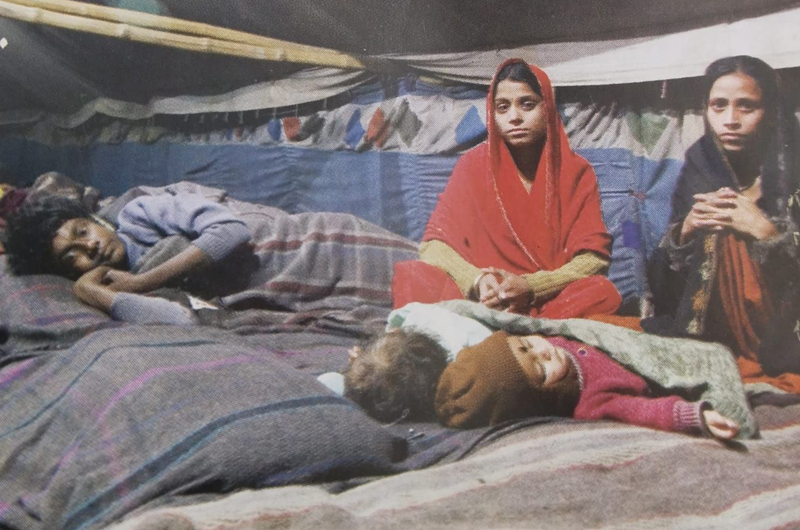Bharat Dogra highlights the plight of homeless people, a highly vulnerable section which finds itself literally and figuratively left out in the cold
Recently, the Centre for Holistic Development, a voluntary organisation, announced that about 180 homeless persons had died in the first 23 days of January in Delhi. As the city has experienced a harsh winter, it is safe to assume that exposure to cold was either the cause of or a major contributing factor to these deaths.
While the Centre for Holistic Development based its figures on information compiled from the zonal integrated police network, several independent reports have come in about people having to remain in the open at night this winter due to the shortage of shelters. In fact, despite the current number of shelters proving inadequate, five were shut down in January, while nine others were demolished early last year.
The problems of homeless persons are not only increasing in Delhi. Disturbing reports have been received from elsewhere, too. To give an example, The Tribune reported on January 24 that four persons had died in cold wave conditions at three railway stations in Amritsar District within one week.
While many daily wage workers, unemployed and destitute people need shelter in our cities as they are homeless, the urban authorities have not lived up to the challenge. This is not because they lack resources, as these authorities have been able to find the money for several grand and expensive projects which are not so essential. The real problem is that they have not given priority to the problems of the vulnerable urban homeless population.
Although the problems of the homeless are generally brought to the fore during the winter months, the fact remains that even in scorching summer and torrential monsoon rains, shelters are much needed. Apart from protection from the weather, they also provide safety all through the year, particularly for women and children.
While more resources are needed for homeless people, better planning is also needed. Providing adequate sheltered space with proper facilities is the most urgent need, but it is not the only one. A comprehensive programme that covers health, food security and identity issues (such as providing the homeless a postal address) is needed. While the homeless are among the poorest people in cities, they generally cannot benefit from government subsidies or free food grain allotment through the public distribution system. So a programme that can meet their food needs at low rates would be particularly relevant for them.
Demolitions of the homes of the poor in many cities has been adding to the numbers of homeless people, as this is increasingly being done without rehabilitation plans being put in place. Most of the affected people do not have savings to make any alternative arrangements on their own. While the policy of on-site facilities and improvement of slums still gets lip service, in practice there have been too many unjust demolitions.
There was a time when there was much more space for a rights-based approach to development activities for the homeless people, but then government authorities, in Delhi, for example, started discouraging this by resorting to a tenders-based approach in which the role of activist organisations was sought to be reduced to submitting tenders for receiving funds to run government shelters. This has hampered the mobilisation and betterment of homeless persons based on their rights as a highly vulnerable section of the urban population.
The time has come to review to what extent the directions of various courts and government committees for implementing compassionate policies for homeless people have been followed. Clearly a much higher priority must be assigned to meeting the needs of homeless persons all over the country.
(The writer is a senior journalist based in New Delhi. He is honorary convener, Campaign to Save Earth Now, and has authored a few books focused on the environment.)



 from Webdoux
from Webdoux